In recent years, the gluten-free diet for weight loss has gained popularity, often associated with healthier eating and improved well-being. For many, adopting a gluten-free lifestyle is not just a trend but a necessity due to conditions such as celiac disease or gluten sensitivity. However, even for those without gluten-related disorders, the gluten-free diet can serve as a beneficial strategy for weight management.
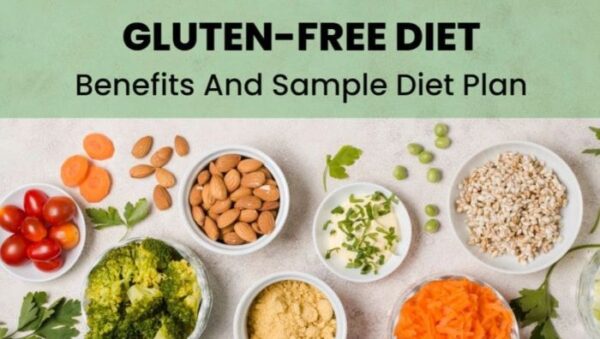
This article will explore how a gluten-free diet can aid weight loss, its potential benefits, meal planning tips, and delicious gluten-free recipes to help you on your journey.
What is a Gluten-Free Diet?
A gluten-free diet eliminates all sources of gluten, a protein found in wheat, barley, rye, and their derivatives. This means avoiding foods like bread, pasta, cereals, and many processed products that may contain gluten. While this diet is essential for individuals with gluten intolerance or celiac disease, it can also be adopted by those looking to lose weight or improve their overall health.
How a Gluten-Free Diet Can Aid Weight Loss
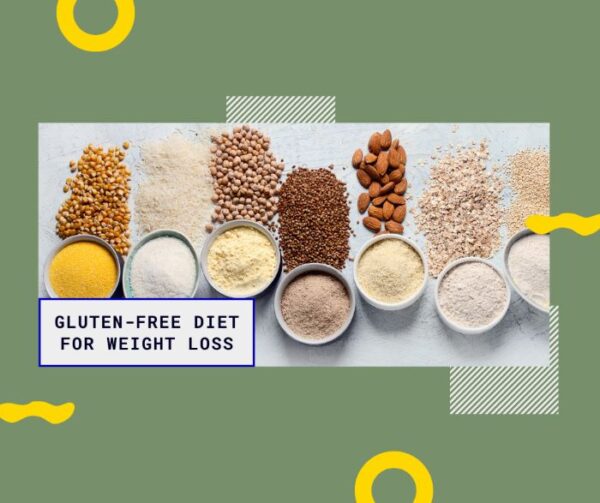
- Increased Awareness of Food Choices: Transitioning to a gluten-free diet often requires individuals to become more mindful of what they eat. This heightened awareness can lead to healthier food choices, such as incorporating more whole foods, fruits, vegetables, and lean proteins into daily meals.
- Reduction in Processed Foods: Many gluten-containing foods are highly processed and may be high in sugars, unhealthy fats, and calories. By eliminating gluten, individuals often consume fewer processed foods, which can contribute to weight loss.
- Improved Digestion: For those with gluten sensitivity, eliminating gluten can lead to better digestive health, reducing bloating, gas, and discomfort. A healthy digestive system is essential for effective weight management.
- Increased Nutrient Intake: A gluten-free diet encourages the consumption of a variety of whole foods, leading to a more balanced intake of vitamins, minerals, and fiber. Higher fiber intake can help with satiety, making you feel full longer and reducing overall calorie consumption.
- Focus on Whole Foods: The gluten-free diet often emphasizes whole grains like quinoa, brown rice, and gluten-free oats. These foods provide essential nutrients and can keep you fuller for longer compared to refined grains, aiding in weight loss.
Potential Benefits of a Gluten-Free Diet
Beyond weight loss, there are several other benefits associated with a gluten-free diet:
- Improved Energy Levels: Many people report increased energy levels after eliminating gluten, as they no longer experience the fatigue that can accompany gluten sensitivity.
- Reduced Inflammation: For those with gluten intolerance, consuming gluten can trigger inflammation in the body. A gluten-free diet may help reduce inflammation, leading to better overall health.
- Clearer Skin: Some individuals notice improvements in skin conditions such as acne or eczema when following a gluten-free diet.
Meal Planning
When embarking on a gluten-free diet for weight loss, meal planning is essential to ensure you maintain a balanced and nutritious diet. Here are some tips to help you get started:

- Focus on Whole Foods: Prioritize fruits, vegetables, lean proteins, and gluten-free whole grains. Fresh produce should be the cornerstone of your diet.
- Read Labels Carefully: Gluten can hide in many processed foods, so it’s essential to read labels thoroughly. Look for certified gluten-free products and check for hidden sources of gluten.
- Experiment with Gluten-Free Grains: Incorporate gluten-free grains like quinoa, millet, amaranth, and brown rice into your meals. These provide essential nutrients and fiber.
- Meal Prep: Preparing meals in advance can save time and help you avoid the temptation of quick, unhealthy options. Batch cooking can be particularly useful for busy days.
- Stay Hydrated: Drinking plenty of water is essential for weight loss. Sometimes, our bodies mistake thirst for hunger, leading to unnecessary snacking.
Delicious Gluten-Free Recipes for Weight Loss
To help you get started on your gluten-free weight loss journey, here are some nutritious and tasty recipes that are easy to prepare and satisfying.
Breakfast: Gluten-Free Overnight Oats

Ingredients:
- 1 cup gluten-free rolled oats
- 1 cup almond milk (or any plant-based milk)
- 1 tablespoon chia seeds
- 1 tablespoon honey or maple syrup
- Fresh fruit for topping (e.g., berries, banana, or apple)
Instructions:
- In a mason jar or bowl, combine oats, almond milk, chia seeds, and sweetener.
- Stir well and refrigerate overnight.
- In the morning, add fresh fruit on top and enjoy.
Lunch: Quinoa and Roasted Vegetable Salad
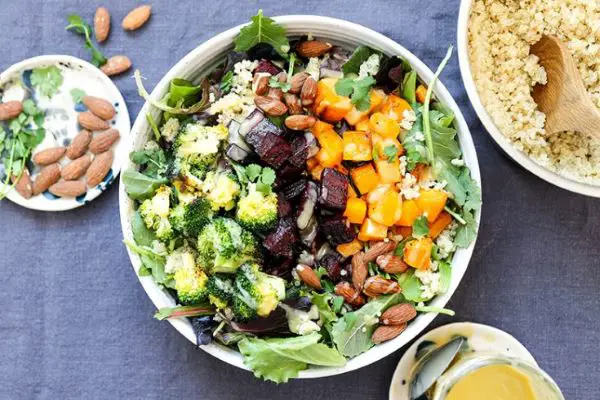
Ingredients:
- 1 cup cooked quinoa
- 1 cup mixed vegetables (bell peppers, zucchini, carrots), roasted
- 1/4 cup chickpeas, rinsed and drained
- 2 tablespoons olive oil
- 1 tablespoon lemon juice
- Salt and pepper to taste
Instructions:
- Preheat the oven to 400°F (200°C). Toss vegetables with olive oil, salt, and pepper, then roast for about 20-25 minutes.
- In a large bowl, combine cooked quinoa, roasted vegetables, and chickpeas.
- Drizzle with lemon juice and toss to combine.
Dinner: Grilled Chicken with Steamed Broccoli and Sweet Potato
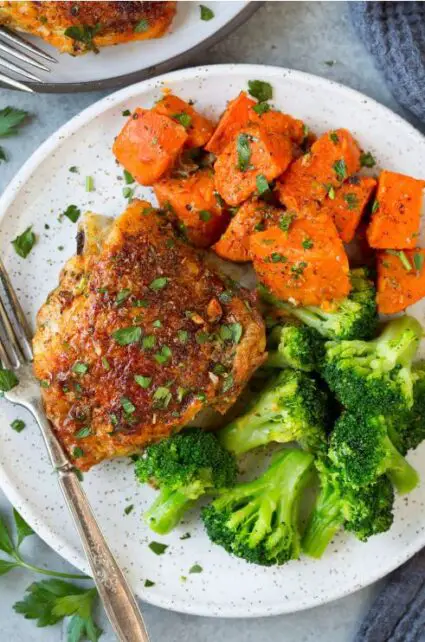
Ingredients:
- 2 chicken breasts
- 2 sweet potatoes, cubed
- 1 head of broccoli, cut into florets
- Olive oil, salt, and pepper for seasoning
Instructions:
- Preheat the grill to medium-high heat.
- Season chicken breasts with olive oil, salt, and pepper. Grill for about 6-7 minutes on each side, or until cooked through.
- Meanwhile, steam broccoli until tender and boil sweet potatoes until soft.
- Serve grilled chicken with steamed broccoli and sweet potatoes.
Snack: Hummus and Veggies
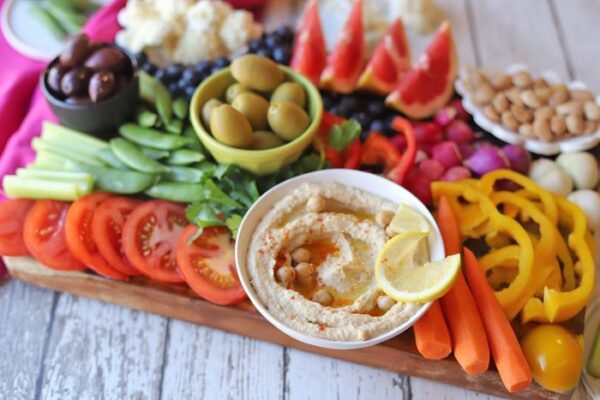
Ingredients:
- 1 can chickpeas, rinsed and drained
- 1/4 cup tahini
- 2 tablespoons olive oil
- 2 tablespoons lemon juice
- Salt and garlic to taste
- Assorted fresh veggies (carrots, celery, cucumber, bell pepper)
Instructions:
- In a food processor, blend chickpeas, tahini, olive oil, lemon juice, salt, and garlic until smooth.
- Serve with sliced vegetables for dipping.
Challenges of a Gluten-Free Diet for Weight Loss
While the gluten-free diet can be beneficial, it’s important to be aware of potential challenges:
- Nutritional Deficiencies: Eliminating gluten-containing grains can lead to potential deficiencies in fiber, iron, and B vitamins. Focus on incorporating gluten-free whole grains and a variety of foods to maintain balanced nutrition.
- Cost of Gluten-Free Products: Gluten-free items can be more expensive than their gluten-containing counterparts. Opting for whole foods and cooking from scratch can help mitigate costs.
- Social Situations: Eating out or attending social gatherings may present challenges. Always check menus in advance and communicate your dietary needs to hosts.
- Misleading Gluten-Free Products: Not all gluten-free products are healthy. Some can be high in sugar and unhealthy fats. Always read labels and choose whole, minimally processed foods.
Conclusion
The gluten-free diet for weight loss can be a sustainable and effective approach for individuals looking to shed pounds and improve their overall health. By focusing on whole foods, being mindful of portion sizes, and incorporating delicious gluten-free recipes, you can enjoy a varied and satisfying diet.
As with any dietary change, it’s essential to listen to your body and consult with a healthcare professional or registered dietitian if you have specific health concerns or nutritional needs. With dedication and creativity, you can successfully navigate the gluten-free landscape while achieving your weight loss goals. Embrace this journey as an opportunity to explore new flavors, improve your health, and enjoy delicious meals!

Pingback: What is the Carnivore Diet and How Does it Work - fithealth.top